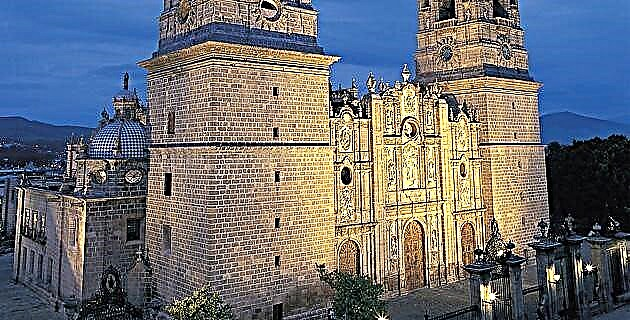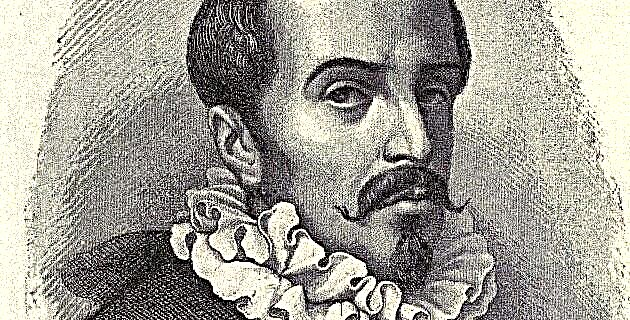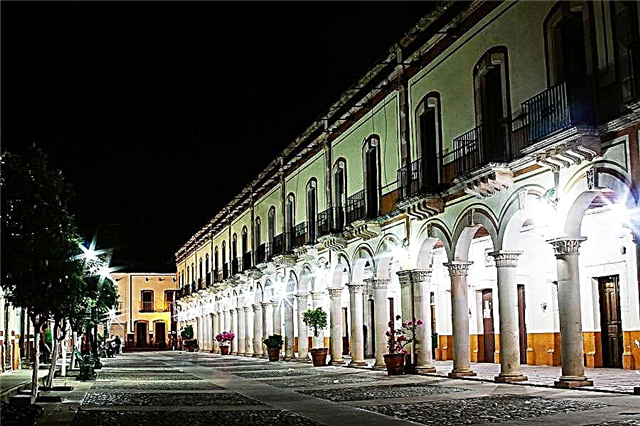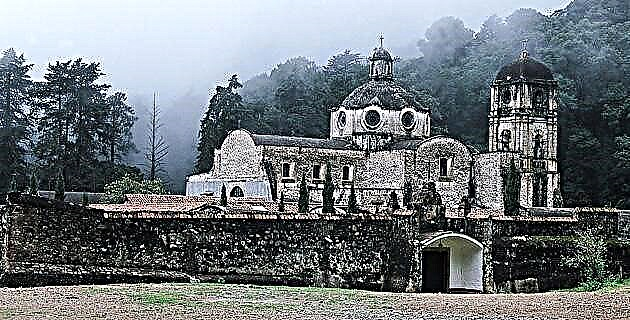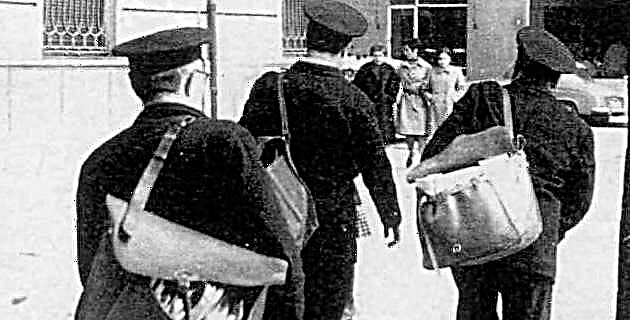
Day by day we require their work and we verify or question, almost always unfairly, their efficiency.
We do not know his name and his face is alien to us, despite the fact that he is the bearer of news, messenger of news and announcer of events. On the contrary, he does know who we are, where and with whom we live and when it is possible to meet.
His simplicity, his loyalty and the effort he puts into his work have earned him his permanence despite technological advances and our increasingly evident resistance to pick up a pen and a sheet of paper and settle down, calmly, to write.
The postman, an anonymous character, is ignored most of the time. He is only present once a year by sliding a simple card under our door announcing the proximity of the November 12 celebration.
The missives of Joseph Lazcano
Society has undergone countless changes since Joseph Lazcano, the first postman of New Spain, began to deliver letters and files, letters, official documents, books and other printed matter at home in Mexico City. According to royal ordinances, Lazcano charged the postage, previously indicated on the envelope by the postmaster. He only received a quarter of a real surcharge for each letter.
Apparently, the appointment of Lazcano was made in 1763 or 1764, when the capital of New Spain was divided into neighborhoods and was beginning to emerge as a great metropolis, difficult to administer due to its disorderly growth.
In addition to carrying the correspondence, among other obligations, the postman had to note the changes of address, inquire about the new ones and leave the letters in the hands of the addressee, or his relatives or servants, in case of his absence, but as long as he knew them personally. If the shipment was certified, he had to collect the corresponding receipt and deliver it to the post office. According to the ordinance of 1762, when the postman did not fulfill his delivery within a period of twelve hours or when he modified the price marked on the envelope, he was suspended, as he was considered unworthy of public appreciation.
In his time, Joseph Lazcano was the only postman in Mexico City, while in those years Paris already had 117. Inexplicably, and despite the reforms, in 1770 the post of postman was abolished until 1795 when thanks to a new By ordinance, post offices were created in Mexico and Veracruz and subordinate post offices were installed in numerous cities and towns.
From that date on, the postmen of New Spain began to wear a uniform, which consisted of a navy blue cloth bag with a chupín, collar and red curls with gold embroidered alamares. The postmen of that time were considered the military post office.
Postmen came and went
During the War of Independence, the postmen disappeared from the scene, at least in terms of their payments. It is not known if the few that remained managed to subsist solely on donations from recipients. What is on record is that the letters remained in the post offices, in endless lists until they were claimed.
In 1865 a decree was issued ordering the hiring of a postman for each neighborhood or barracks in the city, eight in total. The continuous struggles between the power groups prevented the decree from being fulfilled, but three years later the "Regulation of the Public Administration Postmen Service" was published, by means of which the sender paid the postage, but using stamps; on the other hand, letters were only accepted if they were in envelopes.
With the boom in publications that took place in the last third of the 19th century, the post office found it necessary to regulate the sending of newspapers, notebooks, brochures, devotionals, paperbacks, calendars, cards, announcements, notices or circulars. commercials, lottery tickets, printed on cardboard, vellum or canvas and music paper.
By 1870 the general movement of correspondence exceeded all expectations. Undoubtedly, and despite the scarce testimonies in this regard, the work of the six postmen in the capital must have been of great importance during the Porfirian peace, a key period in the general development of communications. At the end of the 19th century the mail already handled 123 million pieces a year.
The uniform of the postmen of the early 20th century consisted of a white shirt, striped tie, long straight jacket with wide lapels, and a cap with the initials of the postal service embroidered on the front. According to the testimony of a postman from those years that appeared in the publication Nuestra Correo, to exercise the trade he had previously worked as meritorious, that is, without any salary for two years, after which he began to receive 87 cents a day. The interviewee stated that when a postman did not perform his job efficiently, the bosses beat him without consideration and also ran him off. If someone dared to complain, it was worse, as the authorities consigned us and detained us for breach of duty. We had a military type discipline.
Modern postmen
In 1932 a group of 14 postmen equipped with bicycles was formed for "immediate delivery" correspondence. This service disappeared in 1978, when, by the way, the first two female portfolios were hired in Mexicali, Baja California.
Until that moment, the postman's job was very similar to that carried out in the 18th century, when, among many other tasks, he had to separate the letters that were to be delivered by ordering them on the street and marked with the corresponding stamp, as well as marking the letter in pencil. order of delivery. Apparently, both the use of the postal code, in force since 1981, and the use of motorized vehicles simplified the postman's task, but in the performance of his job new obstacles arose, among others the great distances, the dangers of the express roads, the insecurity and, above all, the dehumanization characteristic of cities at the end of the 20th century.
By 1980, there were more than 8,000 mail carriers in Mexico, half of whom worked in the capital. On average, they each delivered three hundred pieces of correspondence daily, and carried a briefcase that could weigh up to twenty kilos.
Trustees of popular trust, postmen are a symbol of civilization. In the contents of their jacket they carry joy, sadness, recognition, the presence of those who are absent to the most remote corners. Their loyalty and their efforts allow an almost irrecoverable bond to be established or reaffirmed between the sender and the recipient: the privilege of conversation.
Source: Mexico in Time No. 39 November / December 2000

